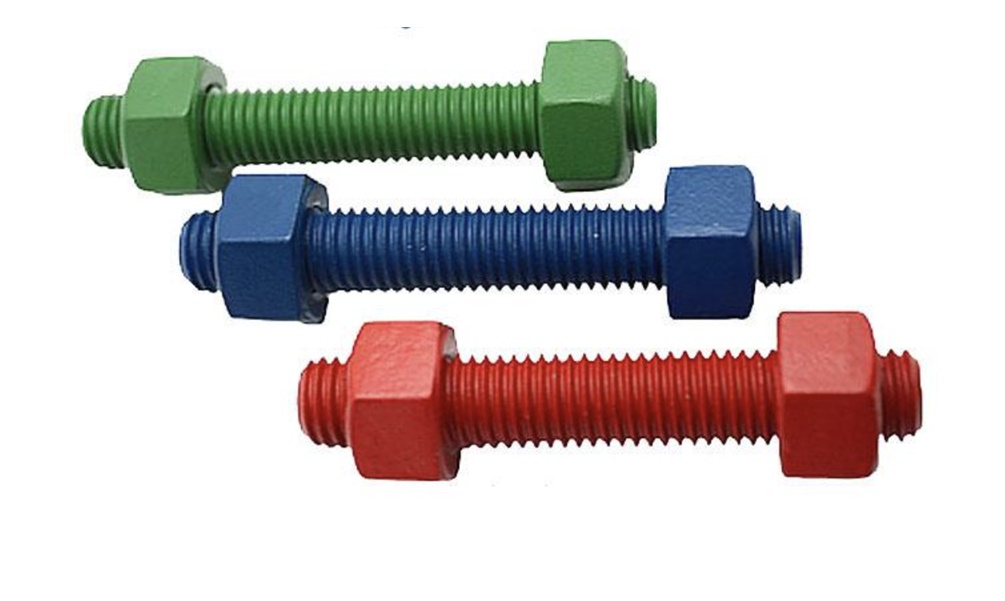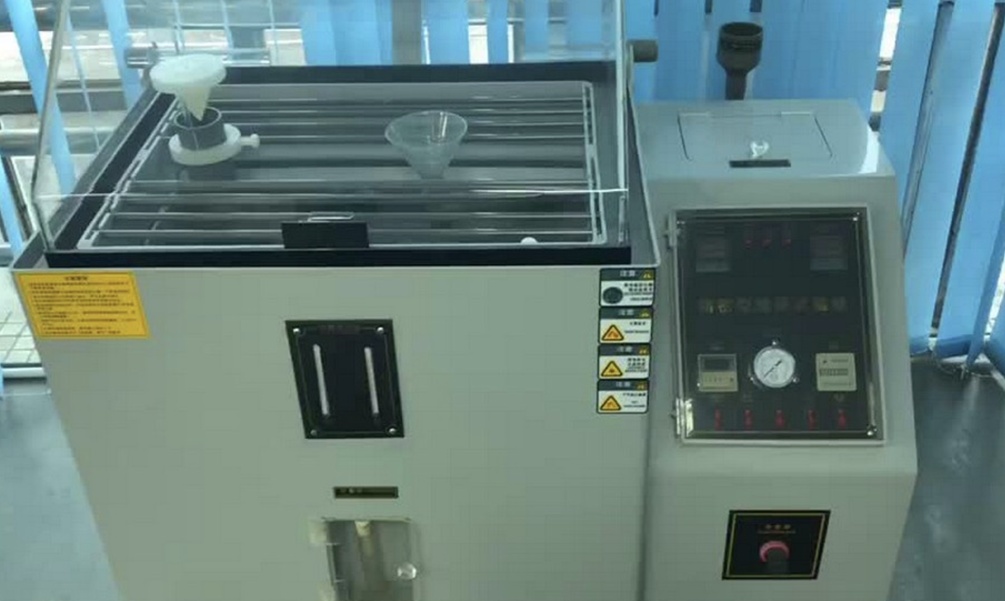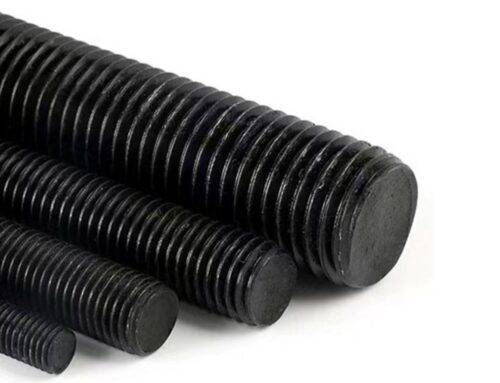The way to Prevent Stud Bolt Corrosion in Marine Environments(offshore)
Marine – engineering stud bolts, also known as marine – engineering fasterner or marine – engineering stud bolts. In addition to the mechanical properties of stud bolts, marine – engineering stud bolts also have the characteristics of fasteners suitable for marine environments.
Bolts used in marine engineering are immersed in seawater for a long time, so they are required to have high strength, low yield – strength ratio and good corrosion resistance
Bolt Material Selection for Marine Environments
- The most commonly used bolt configuration for valves with carbon steel bodies is ASTM A193 B7 bolts paired with ASTM A153 hot – dipped galvanized ASTM A194 2H nuts. B7 bolts are made of alloy steel containing chromium and molybdenum. The 2H is a carbon steel nut, and the applicable standard is Table A2 of ASME B31.3.
- For valves with low – temperature carbon steel bodies, a commonly used bolt configuration is ASTM A320 L7 bolts paired with hot – dipped galvanized ASTM A194 Gr.4 or 7 nuts. Both the bolts and nuts are made of alloy steel (Cr – Mo). According to ASTM (American Society for Testing and Materials) standards, the maximum size (inclusive) of L7 bolts is 2 1/2” (65mm). L43 bolts are suitable for sizes larger than 2 1/2” (65mm).
- According to ISO 15156 “Materials for use in H₂S – containing environments in oil and gas production in the petroleum and natural gas industries”, medium – strength bolts with the label ending in “M”, such as B7M or L7M, can be used for valves with carbon steel or low – temperature carbon steel bodies in sour service conditions.
Anti corrision Coating for Bolt and Nuts.
However,those stud bolt like ASTM A193 B7 or ASTM A320 L7 would get corrision easily if they are used in Marine/offshore Environments.
Because of the seawater contains high slaty.
So normally the fasterner sould be with an anti corrsion coating on the surface.
Comparison of Salt Spray Tests for Electrogalvanizing, Hot – Dip Galvanizing, Zinc – Nickel Coating and PTFE Coating
1. Electrogalvanizing
-
- Electrogalvanizing is an electrochemical process where a thin layer of zinc is deposited onto the surface of the bolt through an electric current in an electrolyte solution containing zinc ions.
- Salt Spray Test Performance
- The zinc layer in electrogalvanizing is relatively thin, usually ranging from 5 – 25 microns. In a standard salt spray test (e.g., ASTM B117), it can typically provide corrosion protection for a relatively short period. For example, a 5 – micron electrogalvanized coating may start to show white rust within 24 – 72 hours of salt spray exposure. As the coating thickness increases, the corrosion resistance time also extends, but generally, electrogalvanized coatings are suitable for applications with relatively mild corrosion environments.
2. Hot – Dip Galvanizing
-
- Hot – dip galvanizing involves immersing the bolt into a bath of molten zinc at a high temperature (around 450°C). A metallurgical reaction occurs between the iron in the bolt and the zinc, forming a series of zinc – iron alloy layers and a pure zinc outer layer.
- Salt Spray Test Performance
- Hot – dip galvanized coatings are much thicker than electrogalvanized ones, typically ranging from 50 – 100 microns or more. In a salt spray test, hot – dip galvanized bolts can withstand much longer exposure times before significant corrosion occurs. They can often resist the formation of white rust for hundreds or even thousands of hours. For example, a well – executed hot – dip galvanized coating can last 500 – 1000 hours or more in a salt spray test without significant rusting, making them suitable for outdoor and moderately corrosive marine environments.
3. PTFE Coating
-
- PTFE (Polytetrafluoroethylene) coating is applied to the bolt surface through a special coating process, such as spraying or dipping. PTFE is a synthetic fluoropolymer with extremely low surface energy and excellent chemical inertness.
- Salt Spray Test Performance
- PTFE coatings mainly provide lubrication and non – stick properties, and their corrosion – resistant performance in salt spray tests is also remarkable. The dense and chemically stable PTFE layer can effectively prevent the penetration of salt spray and corrosive substances. Although the main focus of PTFE coatings is not always on long – term corrosion resistance in the same way as zinc – based coatings, in a salt spray test, a well – applied PTFE coating can provide protection for a considerable time, often comparable to or better than electrogalvanizing, especially in preventing the corrosion of the base metal due to its low surface energy that repels water and salt.
In general, in terms of salt spray test performance for corrosion resistance in a marine – like environment, the ranking from low to high is usually electrogalvanizing < hot – dip galvanizing < PTFE coating .
PTFE Xylan 1070 coating is a proven Anti corrision Coating for Bolts,widely used in Marine Environments.
Check more details for our xylan 1070 coated stud bolt.


